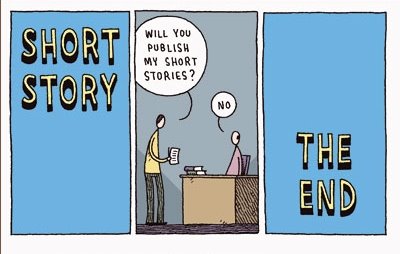 Frontière(s) embodies the elements of “new French horror” so well that one might be tempted to think that I extrapolated my theories from this film alone. Originally slated to appear in After Dark’s Horrorfest 2007, Frontière(s) was given an NC-17 by the MPAA and was given a limited release later. And while the gore isn’t more extreme than anything seen in Hostel (compare the two tendon-cutting scenes), its brutality and sheer intensity—particularly towards the final survivor, who has been so beaten and debased that she can hardly stand—brings more than a few cringe-inducing moments.
Frontière(s) embodies the elements of “new French horror” so well that one might be tempted to think that I extrapolated my theories from this film alone. Originally slated to appear in After Dark’s Horrorfest 2007, Frontière(s) was given an NC-17 by the MPAA and was given a limited release later. And while the gore isn’t more extreme than anything seen in Hostel (compare the two tendon-cutting scenes), its brutality and sheer intensity—particularly towards the final survivor, who has been so beaten and debased that she can hardly stand—brings more than a few cringe-inducing moments. The set-up is achingly familiar—almost cliché: a group of youngsters on the run convene in a secluded inn only to discover horrific goings-on. And while it perhaps introduces too many elements (neo-Nazis, cannibals, mutants, torture, claustrophobia) to have the single-minded effectiveness of the Texas Chainsaw Massacre, Frontière(s) offers an explicit backdrop of the Parisian riots. The opening credits appear as televised images of rioters clashing with the police, with newscasters announcing the election of an extreme right-wing government (paging President Sarkozy). The image of the young rioters throwing rocks and Molotov cocktails highlights the underlying theme: the new generation versus an established quasi-fascist power. Even as the murderous von Geisler family decry integration (while mocking Farid, a Muslim), the youngsters show integration as a fait accompli. Yasmin (presumably Arabic and Muslim) is pregnant with Alex’s (a Caucasian) child. Farid calls Tom (another Caucasian) “brother.”
Director Xavier Gens capitalizes on the neo-Nazi imagery: in one particularly gruesome moment, a character is steamed alive in a chamber reminiscent of the gas chambers. Gilberte, the seductress of the family, has a creepy, sexualized air that calls to mind Ilsa, She-Wolf of the SS. The patriarch of the family wears black jackboots and gives fatherly lectures even as his victims lie writhing with shackles around their necks. He presides over his brood with an iron fist, and the yellow and orange color palette indicating chaos in the early scenes of Parisian riots return during a candle-lit “dinner” scene with the family.
Frontière(s) is most hopeful point in its insistence that evil—as expressed through intolerance—is a learned behavior. Just as the child-like Eva has not yet been corrupted by the von Geislers, so Yasmin attempts to spare her unborn child (which appears before the credits in ultrasound form) the fate of being inculcated into the family—or, by extension, the new right-wing government. Still, this hope is tempered by the final image: Yasmin, approaching the freedom and the border, only to be stopped by policemen who slowly reach for the guns as she approaches.
Welcome to the new world.








